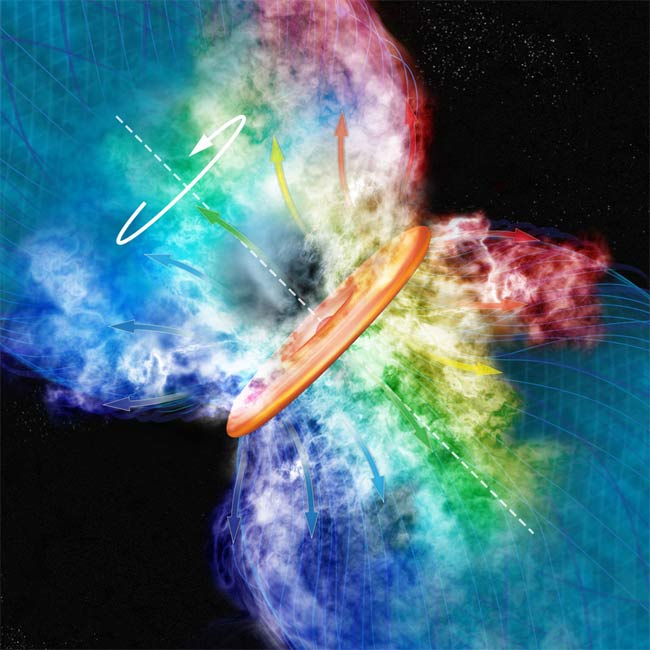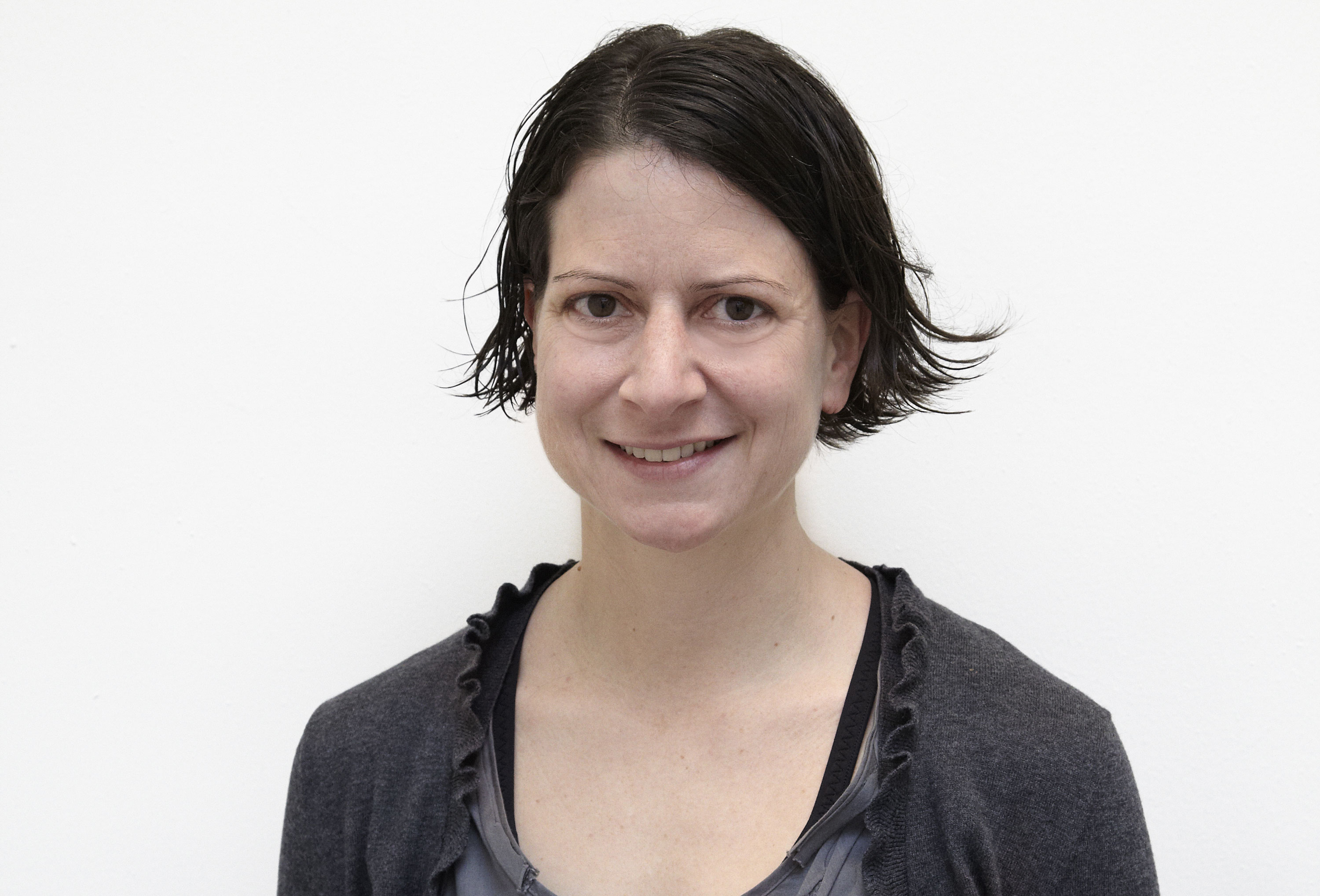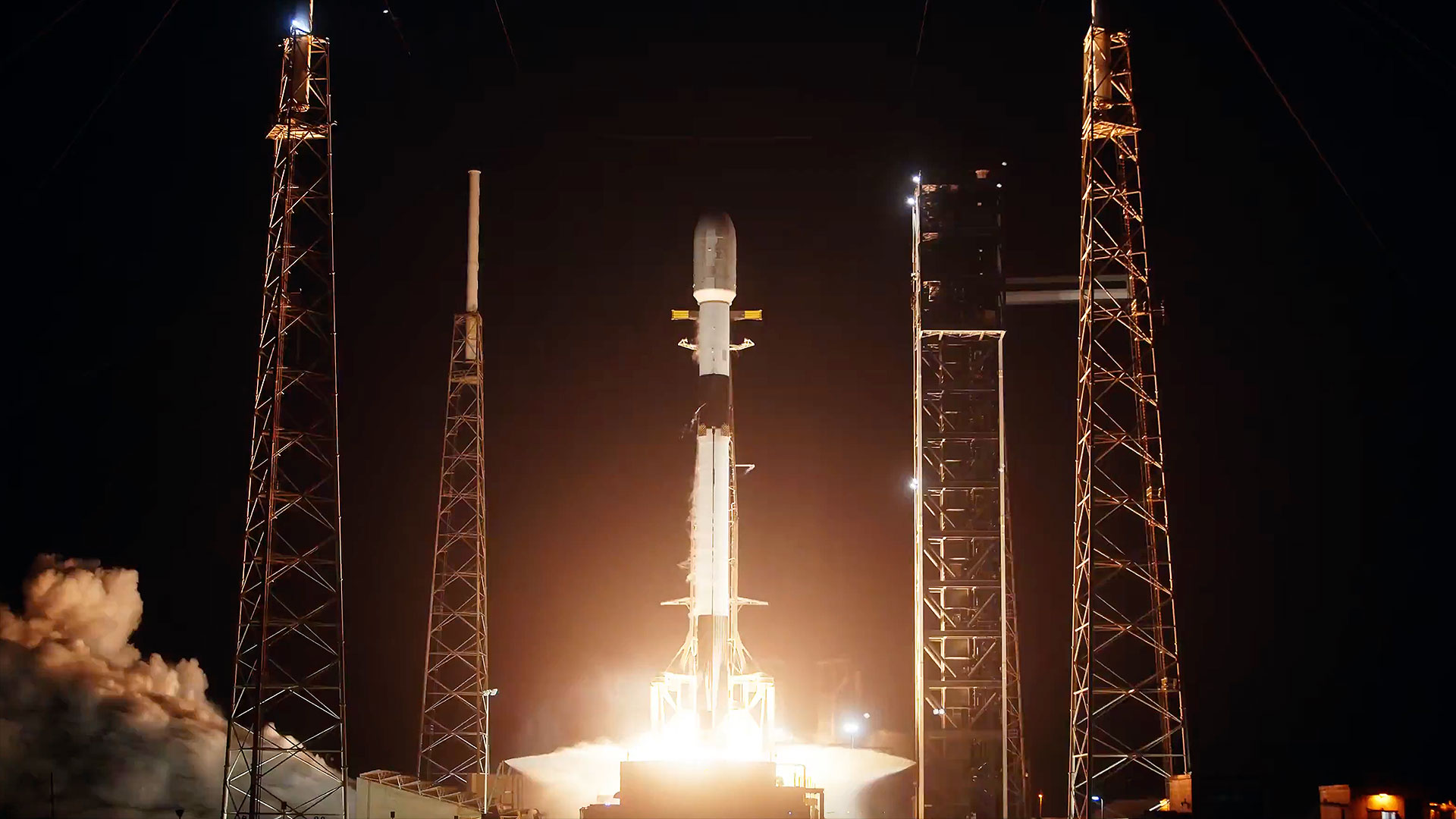Magnetic Assist Helps Big Stars Form

Massivestars in the process of forming likely rely on magnetic fields to steer gasonto their surfaces and help them grow into adults, according to new images.
Thefindings come from radio observations of a young protostar called Source I(pronounced "Source Eye") next to the Orion nebula, which sits in theconstellation's sword. The star has been around no more than 100,000 years. Oursun, by comparison, is 4.6 billion years old and middle-aged.
Scientistsknow a thing or two about how low-massstars like the sun form. But they have been puzzled over the birth ofhigh-mass stars that weigh in at eight solar masses and greater, in part becausethe massive stars are rare and spend their youths enshrouded by a veil of dustand gas.
"Weknow how these stars die, but not how they are born," said studyresearcher Lincoln Greenhill of the Harvard-Smithsonian Center for Astrophysicsin Cambridge, Mass.
The newfindings will be published in the January issue of the Astrophysical Journal.
To cutthrough the veil, Greenhill and his colleagues used the National ScienceFoundation's Very Long Baseline Array (VLBA). The array collects radio waves, whichhave much greater wavelengths than visible light and pass more freely throughgas and dust.
Theastronomers looked at both the inflowing and outgoing gas for Source I,noticing some gasses flowed along curved paths rather than a straight journey.
Breaking space news, the latest updates on rocket launches, skywatching events and more!
"Itmeans something must be exerting a lateral force on it, and we think that logicallymight be a magnetic field," Greenhill said.
In general,starsform as a swirl of gas and dust collapses inward due to gravity andcontinues to grow until it becomes massive enough to ignite nuclear fusion, atwhich point a full-fledged star is born. At the same time, some of thatinflowing material escapes into space.
As thecloud collapses, it spins faster and faster, just as an ice skater rotatesfaster as he pulls in his arms. In order for star formation to proceed, there needs to be both an inflow and an outflow.
"Thematerial does much the same thing [as an ice skater], and if you don?t get ridof some of that spin the material would never make it down to the star,"Greenhill told SPACE.com. "The star's gravity would not be enough tocontinue pulling it in and it would just fly off."
They foundthat magneticfields may be the key to steering the material to the star's surface.
Next theteam hopes to figure out how star formation is affected by radiation, whichcan counteract gravity by pushing stuff away from a new star.
"Theenergy output [of a star] which is 10 times the mass of the sun is actually10,000 times the radiation output of the sun," Greenhill said. "Thatmakes everything much more difficult to understand."
- Video ? When Stars Collide
- Top 10 Star Mysteries
- The Strangest Things in Space

